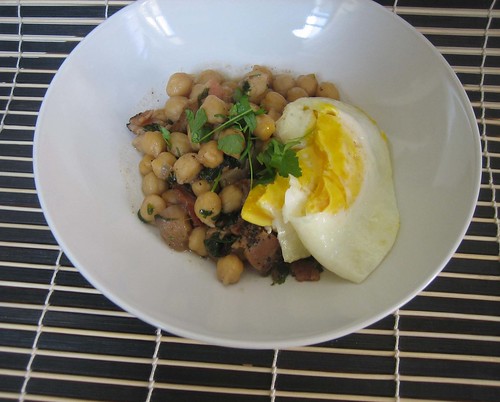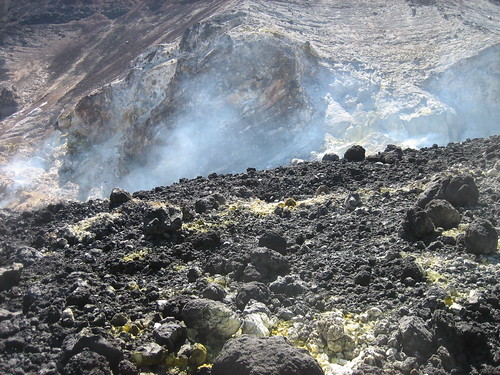Jetblue had a nice sale to the west coast, so we took advantage of the promotion and paid $250 each for round-trip tickets to Oregon. Portland was on my list of places to visit this year and the Dr. really wanted to go snowboarding, so we spent a long weekend with friends even though the state’s been in the news lately, lost hikers and all. Late Thursday night, we arrived in Portland and stayed at Sam and Jenny’s house near the Japanese Garden. Sam was still at work but Jenny had a pot of chigae waiting with Fat Tire beers, so we stayed up a bit and talked. It’s hard to say no to Korean food especially when it’s pouring outside.
We slept very well and woke up the next day to catch up with Sam and meet their new baby, Ella, who babbled and smiled the entire morning. After a bit of catching up, we loaded our boards and drove their Hybrid SUV up to Mt. Hood. We stopped by a small town to get gas where we also picked up some greasy taquitos for lunch. It was raining when we were driving up, but it turned into fluffy, white snow when we reached the forest. It was absolutely Christmas-like. The pine trees were all covered in white and the snow didn’t show any signs of stopping.
It was almost two when we bought our half-day tickets ($49 each!) but we were able to board until it started to get dark. Visibility was low when we were on the lifts, but on top of the mountain, there was no wind. Past the fog, our runs were clear. I was still rusty but it only took one run for my adrenaline to start pumping. I forgot how much fun snowboarding could be. I’ve never experienced snow like that before in the east coast. Even though I fell on my ass a couple of times, the powder made falling down fun. I was more comfortable turning because I knew ice wasn’t going to scrape me and I wasn’t freezing my teeth off with every try. We were sore after the first day but it made for a good night of cocktails, Oregon Pinot Noir and lamb chops at Celilo.
On Saturday, we woke up from a deep slumber with the sun out. The mountain was already crowded by the time we started at 11am. The faster kids were speeding by us in their short-sleeved T-shirts. Meanwhile, I was sweating like a pig and trying to get out of a deep ditch of fresh snow. The easy run that the Dr. wanted us to try felt like a marathon. We lasted about four hours before we finally called it a day and drove back to Portland to meet up with Sam and Jenny, plus Dave and Carmie, who drove in from Seattle to join us.
This is hard to admit, but the west coast is starting to become more appealing.
Where we stayed in Hood River, an hour drive up Mt. Hood: Oak Street Hotel
Where we stayed in Portland, Oregon: Ace Hotel
Related post/s:
Where to eat in Hood River
Where to eat in Portland, Oregon







